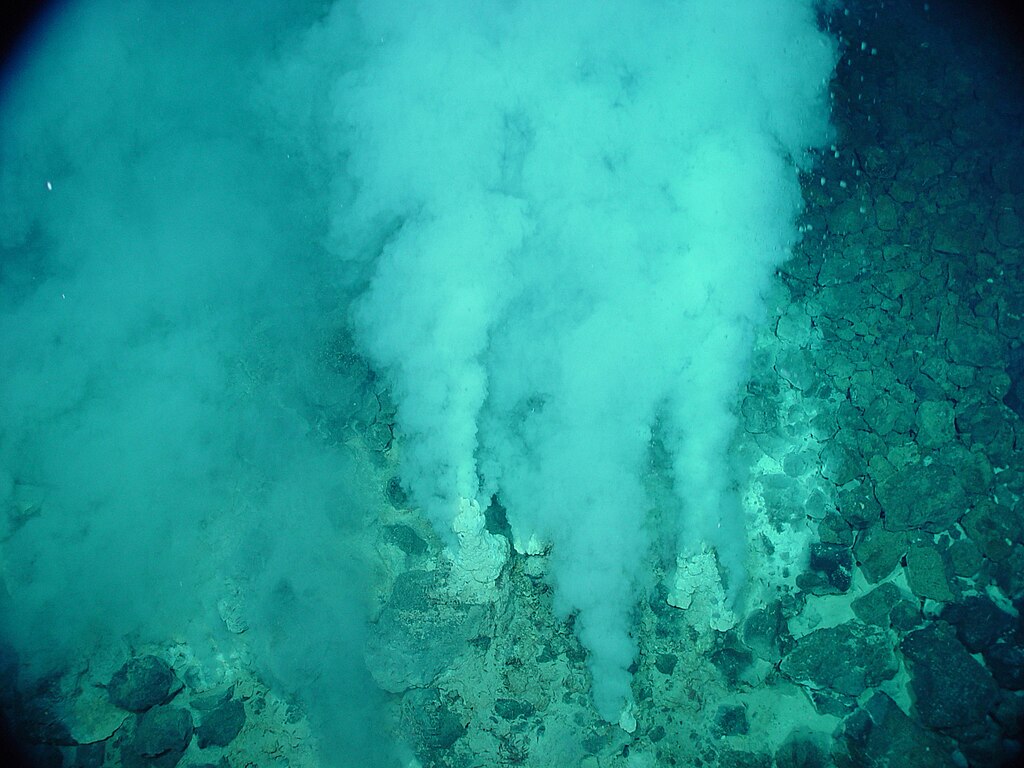Water, Water, (Nearly) Everywhere

With the latest news about Jupiter’s moon Ganymede (and its likely ocean), plus Enceladus and its subsurface ocean and plumes, and the near-certainty that dwarf planet Ceres has a subsurface ocean, our understanding of the solar system is changing when it comes to water.
Images and data from such spacecraft as the Cassini mission at Saturn and Hubble Space Telescope observations of distant worlds in the solar system are giving us a look at just how water may be near-ubiquitous (although not always completely obvious) among the planets, dwarf planets, asteroids, comets, and moons. I see this as more of a hole in our understanding of these places, rather than lack of water in the solar system. It turns out the water’s always been there. We just had to change our view of where it is and how it looks so we could understand it. Now that we know what to look for, water is indeed in many places.

Of course, we don’t SEE the water at these places, at least not in the form of lakes and ponds and rivers and oceans. We have to infer its existence from other data. That’s because the water is hidden from our view in subsurface oceans and lakes. But, that water has an effect on its world that can be measured. In the case of Enceladus, we do see geysers pluming out from below the surface, and they are one of the important indicators of a vast ocean beneath that icy landscape. In the case of Ganymede, the Hubble Space Telescope’s STIS instrument (sensitive to ultraviolet light) caught the action of aurorae around this little moon. The actions of those magnetic storms belie the existence of a saline (salty) ocean
Why is water so important? For proponents of the search for life elsewhere, water is listed as one of the three main ingredients for life: water, warmth, organic material (to live on). If a place has those three, the chances that it can sustain life is much better than a place without them. There’s even some thought that if a place has two of the three, it could still sustain some type of life. That’s the province of astrobiology, the science that figures out how and where life could exist on other worlds.
Let’s review the places in the solar system where those three parameters are met:
- Earth
- Mars
- Ceres
- several moons of Jupiter
- several moons of Saturn
- comets (maybe — they have water ice that could encapsulate microbial life)
- asteroids (maybe, but still unknown)
Earth, we know about because we’re part of the tree of life here on our planet. We’re still finding odd places on Earth where life shouldn’t exist but it does (like, inside rocks, for example). We’re also still finding life forms we didn’t know about, and some of them can exist in some pretty spartan places, as long as they get something to eat, it isn’t absolute zero, and they get access to some water. Microbes fit in that category pretty well. Higher life forms do not fit as easily (if at all).
Think about how YOU would exist on Mars with just what the planet has to offer. You wouldn’t. You would need some help, in the form of a space suit, human-friendly habitat, and so on. But, if you were a microbe, you might find Mars just to your liking, if you could find a place where you could get some food and water. Of course, Mars may well have had much MORE water in the past, leading to speculation that life did exist there (and may still be there, hidden somewhere out of sight).
You might even find a comet an interesting place to settle for a long nap as you hitched a ride elsewhere. Same with an asteroid. But, the more complex you are as a life form, the tougher it gets for you to exist on some world other than the one you were born on (and your species evolved on).

Note that I didn’t mention Mercury, Venus and the gas/ice giants. The conditions are pretty extreme on those worlds, particularly for life as WE know it. However, I wouldn’t rule out the possibility of something that could exist on/in them. It just isn’t as likely as it would be on a more hospitable place.
This brings me back to Enceladus and Ceres. And Europa. And Mars. And other places where water exists. The Cassini spacecraft is delivering evidence by the boatload of hot-water chemistry on Enceladus. This is called hydrothermal activity, and it occurs on Earth and is thought to have occurred (or may still be occurring on Mars). On Earth, there are life forms that thrive in the existence of hot, warm, organic-rich water. There’s no reason why life forms couldn’t do the same on Enceladus and Mars, in regions where the conditions are right. It’s not going to be life like you and me, probably more like microbial or smaller multicellular beings, but it will be life.
Europa (at Jupiter) may well have the same conditions, with a salty ocean and some sort of heating going on its core. More observations and a future in situ study will tell more of this little moon’s tale, too.
The search for water is, at its heart, a search for life elsewhere. Along the way in the search for water, we’re learning better how to detect it. The next step — finding life itself — is going to take some pretty exacting methods, particularly if the life is not as we know it, but likes to burrow and hide down where it’s warm and wet. Stay tuned!

Pluto and Charon may also have subsurface oceans that could host microbial life.